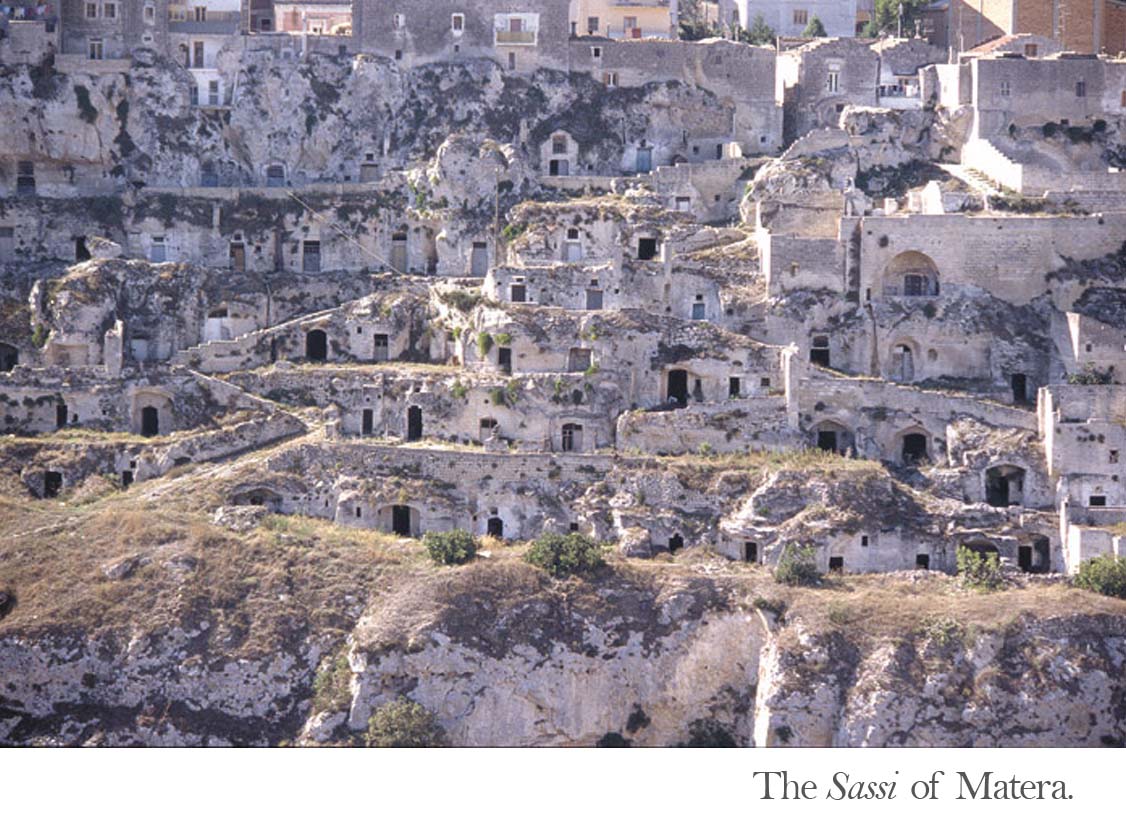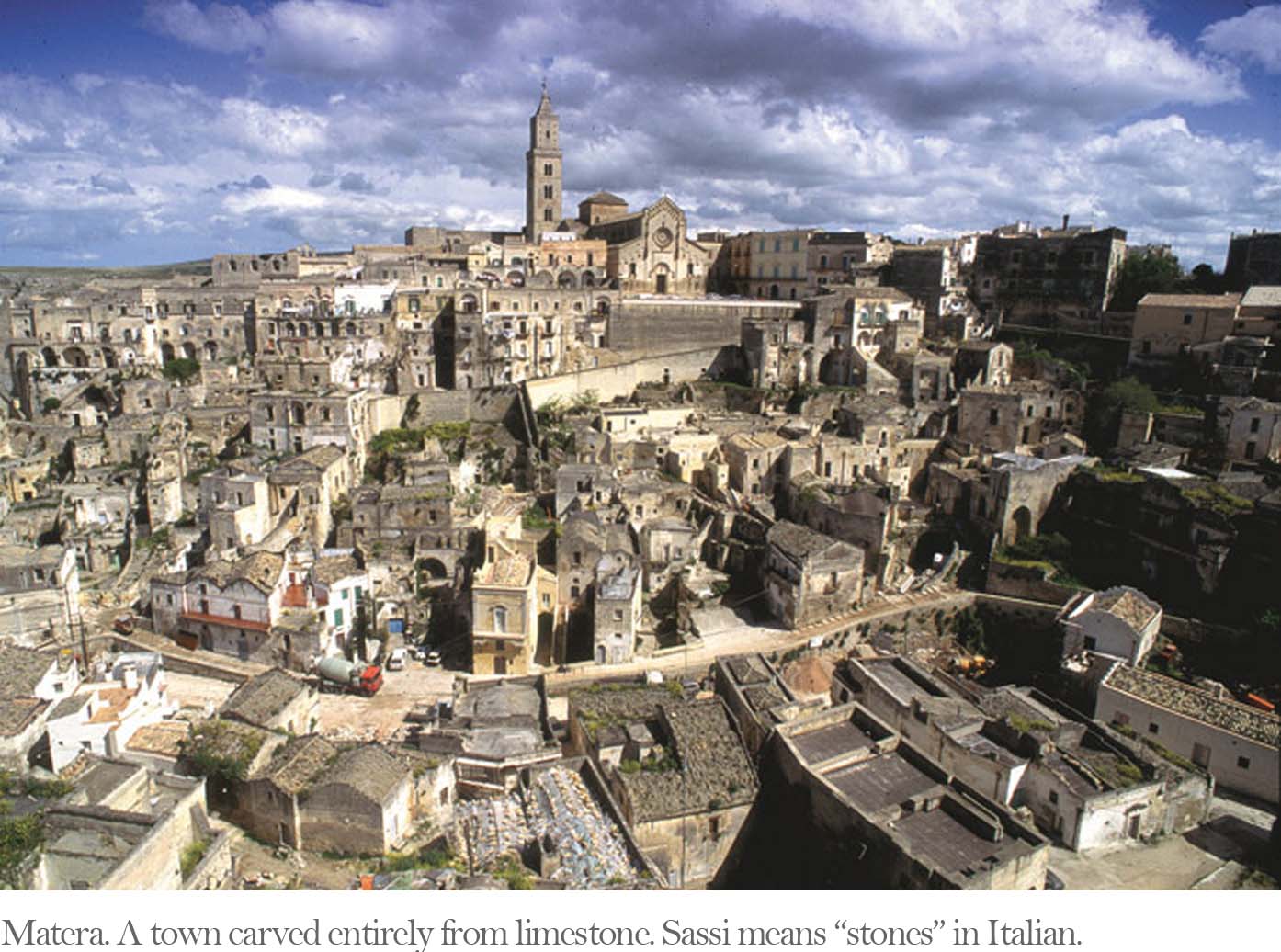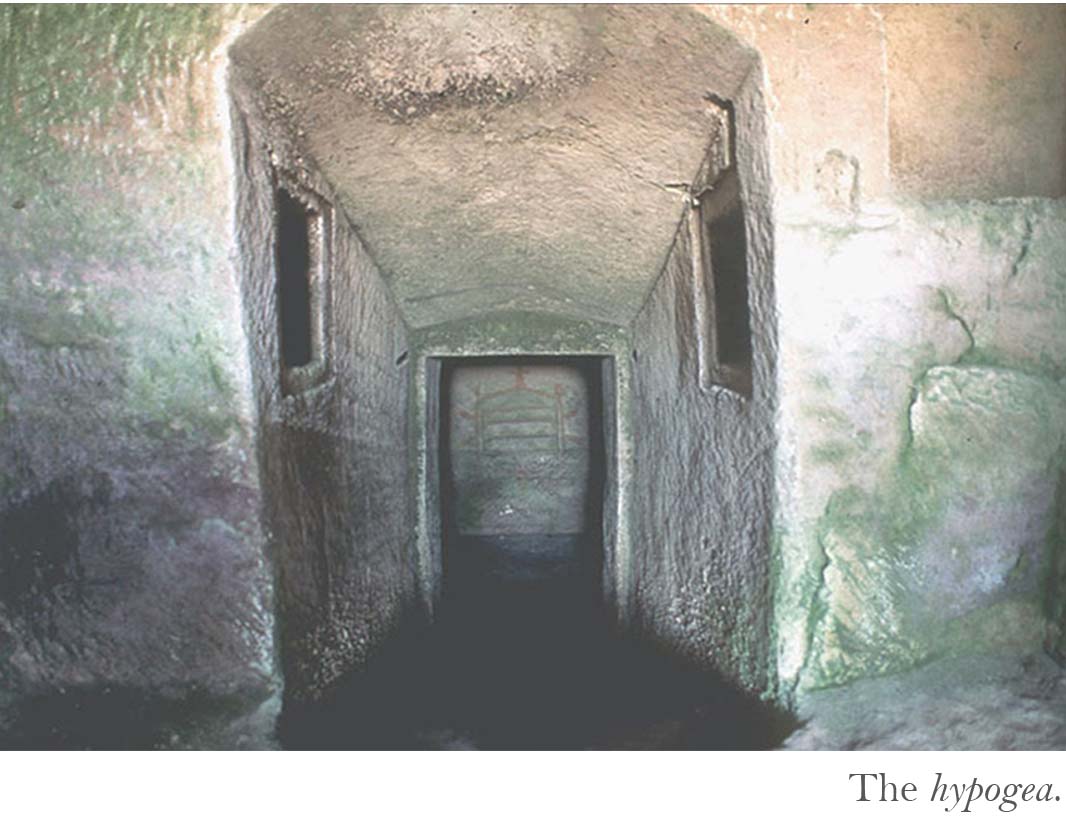SUCCESS STORY DIGGING CAVES TO CATCH WATER 8: Difference between revisions
m (Text replacement - ""/imgcategory/" to ""http://oldtkwb.dev.esacor.com/imgcategory/") |
m (Text replacement - "http://oldtkwb.dev.esacor.com" to "https://tkwb.org") |
||
| Line 18: | Line 18: | ||
<table> | <table> | ||
<tr> | <tr> | ||
<td><img src=" | <td><img src="https://tkwb.org/imgcategory/C12b.jpg" style="padding: 10px; height: 120px;" /></td> | ||
<td> | <td> | ||
<div style="padding: 25px;"> | <div style="padding: 25px;"> | ||
| Line 41: | Line 41: | ||
</div> | </div> | ||
<!-- PME init --> | <!-- PME init --> | ||
<!-- <a href="http://web.itkius.org/carrara"><img src=" | <!-- <a href="http://web.itkius.org/carrara"><img src="https://tkwb.org/img_pod/pod-icon.jpg" width="70px" /> POD website</a><br /><br /> | ||
<a href="http://map.itkius.org/pod"><img src=" | <a href="http://map.itkius.org/pod"><img src="https://tkwb.org/img_pod/map-icon.png" width="70px" /> Map of all TK PODs</a> --> | ||
<!-- | <!-- | ||
<h2>TK LINKS</h2> | <h2>TK LINKS</h2> | ||
| Line 52: | Line 52: | ||
<table width="100%" style="background-color: #FFFFFF; "> | <table width="100%" style="background-color: #FFFFFF; "> | ||
<tr> | <tr> | ||
<td width="196"><img onclick="window.open('http://web.tkwb.org/tkwb/public/getMap?latitude=40.66&longitude=16.60&technique=C12b.jpg')" style=" cursor: pointer; height: 174px;" src=" | <td width="196"><img onclick="window.open('http://web.tkwb.org/tkwb/public/getMap?latitude=40.66&longitude=16.60&technique=C12b.jpg')" style=" cursor: pointer; height: 174px;" src="https://tkwb.org/imgcategory/earth.jpg" > | ||
<p align="center">Click the globe to see the technique on Google Map</p> | <p align="center">Click the globe to see the technique on Google Map</p> | ||
</td> | </td> | ||
| Line 87: | Line 87: | ||
<h2 style="margin-top: 50px;">Images</h2> | <h2 style="margin-top: 50px;">Images</h2> | ||
<p><img alt="" src=" | <p><img alt="" src="https://tkwb.org/libs/kcfinder/upload/images/matera_1.jpg" style="width: 700px; height: 507px;" /><img alt="" src="https://tkwb.org/libs/kcfinder/upload/images/matera_2.jpg" style="width: 700px; height: 547px;" /><img alt="" src="https://tkwb.org/libs/kcfinder/upload/images/matera_3.jpg" style="width: 700px; height: 520px;" /><img alt="" src="https://tkwb.org/libs/kcfinder/upload/images/matera_4.jpg" style="width: 700px; height: 544px;" /></p> | ||
<h2 style="margin-top: 50px;">Deepening</h2> | <h2 style="margin-top: 50px;">Deepening</h2> | ||
| Line 104: | Line 104: | ||
</tr> | </tr> | ||
<tr style="height: 120px;"> | <tr style="height: 120px;"> | ||
<td style="background-color: #f9f9f9;" align="center"><img src=" | <td style="background-color: #f9f9f9;" align="center"><img src="https://tkwb.org/imgcategory/C12b.jpg" style="padding: 10px; height: 120px;" /></td> | ||
</tr> | </tr> | ||
<tr style="height: 40px;"> | <tr style="height: 40px;"> | ||
| Line 136: | Line 136: | ||
</tr> | </tr> | ||
<tr> | <tr> | ||
<td> <div style="width: 110px; height: 182px; font-size: 11px; text-align: center; float:left; line-height: 1; cursor: pointer;" ><div style="border: 1px solid rgb(0, 0, 0); text-align: left; margin-left: 5px; margin-top: 2px; width: 35px; padding-left: 1px;">E2b</div><a href="/index.php/GENERAL_DEFINITION_OF_THE_TECHNIQUE_COURTYARD_HYPOGEA"> <img src=" | <td> <div style="width: 110px; height: 182px; font-size: 11px; text-align: center; float:left; line-height: 1; cursor: pointer;" ><div style="border: 1px solid rgb(0, 0, 0); text-align: left; margin-left: 5px; margin-top: 2px; width: 35px; padding-left: 1px;">E2b</div><a href="/index.php/GENERAL_DEFINITION_OF_THE_TECHNIQUE_COURTYARD_HYPOGEA"> <img src="https://tkwb.org/imgcategory/E2b.jpg" width="100" height="100" />COURTYARD HYPOGEA </a></div><div style="width: 110px; height: 182px; font-size: 11px; text-align: center; float:left; line-height: 1; cursor: pointer;" ><div style="border: 1px solid rgb(0, 0, 0); text-align: left; margin-left: 5px; margin-top: 2px; width: 35px; padding-left: 1px;">E2a</div><a href="/index.php/GENERAL_DEFINITION_OF_THE_TECHNIQUE_GREAT_UNDERGROUND_COMPLEXES"> <img src="https://tkwb.org/imgcategory/E2a.jpg" width="100" height="100" />GREAT UNDERGROUND COMPLEXES </a></div><div style="width: 110px; height: 182px; font-size: 11px; text-align: center; float:left; line-height: 1; cursor: pointer;" ><div style="border: 1px solid rgb(0, 0, 0); text-align: left; margin-left: 5px; margin-top: 2px; width: 35px; padding-left: 1px;">E2c</div><a href="/index.php/GENERAL_DEFINITION_OF_THE_TECHNIQUE_HYPOGEA_AND_HANGING_GARDENS"> <img src="https://tkwb.org/imgcategory/E2c.jpg" width="100" height="100" />HYPOGEA AND HANGING GARDENS </a></div> </td> | ||
</tr> | </tr> | ||
</table> | </table> | ||
| Line 160: | Line 160: | ||
<table cellpadding="0" cellspacing="0" style="width: 100%; margin-top: 20px; background-color: #D9D3EB; text-align: center;" height="100"> | <table cellpadding="0" cellspacing="0" style="width: 100%; margin-top: 20px; background-color: #D9D3EB; text-align: center;" height="100"> | ||
<tr style="height: 100px;"> | <tr style="height: 100px;"> | ||
<td><img src=" | <td><img src="https://tkwb.org/imgcategory/ITKI.jpg" height="60" style="padding-right: 10px; cursor: pointer;" class="tkwb-enable-link" data-obj-link="ITKI" /><img src="/initcp/img/logo.png" height="60" style="padding-right: 10px; cursor: pointer;" class="tkwb-enable-link" data-obj-link="TKWB" /><img src="https://tkwb.org/imgcategory/sitti.jpg" height="60" class="tkwb-enable-link" data-obj-link="SITTI" /></td> | ||
</tr> | </tr> | ||
</table></td> | </table></td> | ||
Latest revision as of 10:50, 15 June 2023
| SUCCESS STORY | ||||||||||||||||||||||||||||||||
|
||||||||||||||||||||||||||||||||






 COURTYARD HYPOGEA
COURTYARD HYPOGEA  GREAT UNDERGROUND COMPLEXES
GREAT UNDERGROUND COMPLEXES  HYPOGEA AND HANGING GARDENS
HYPOGEA AND HANGING GARDENS 

